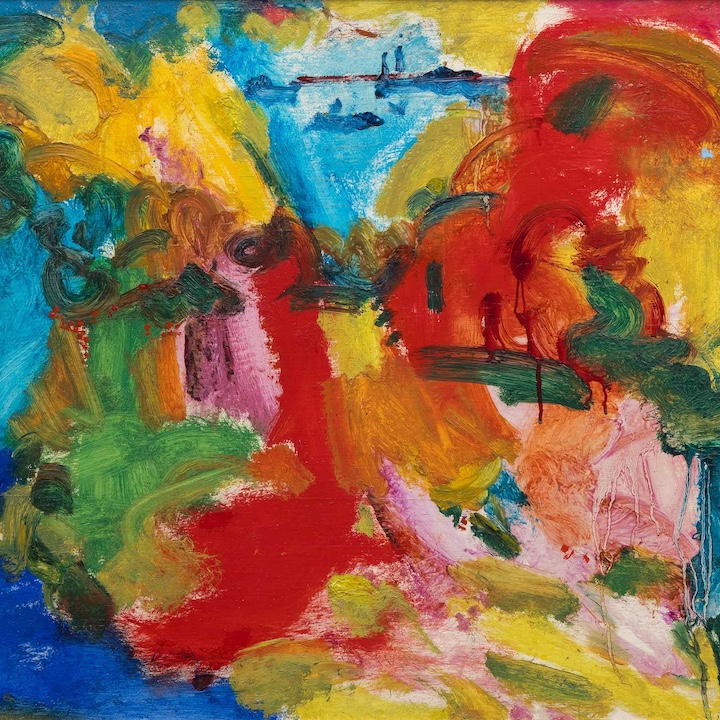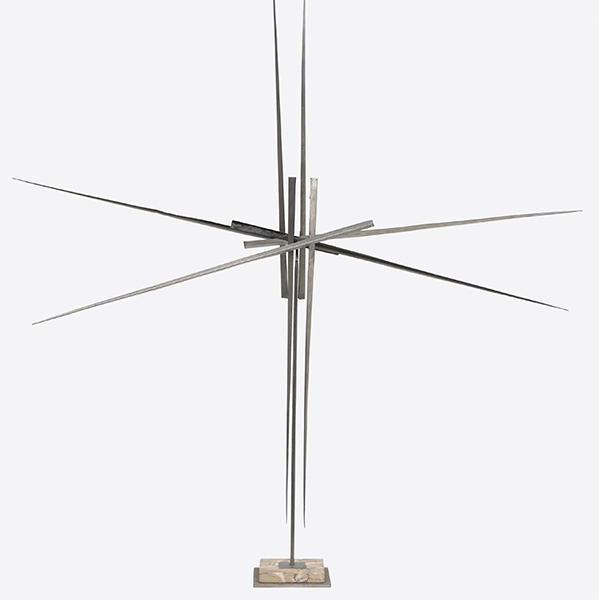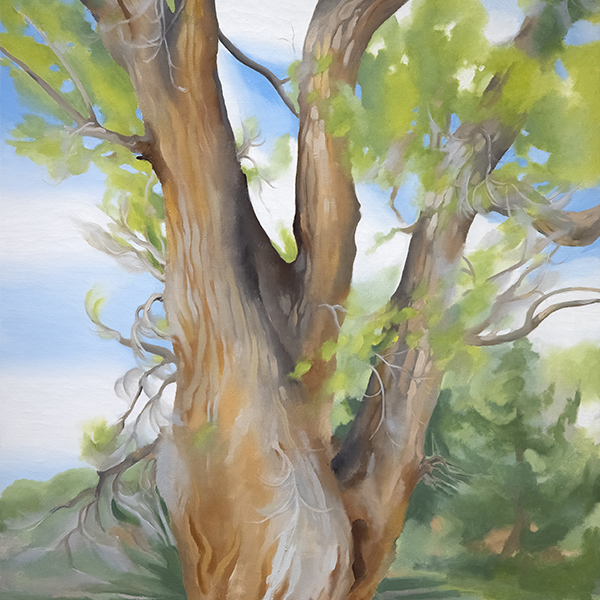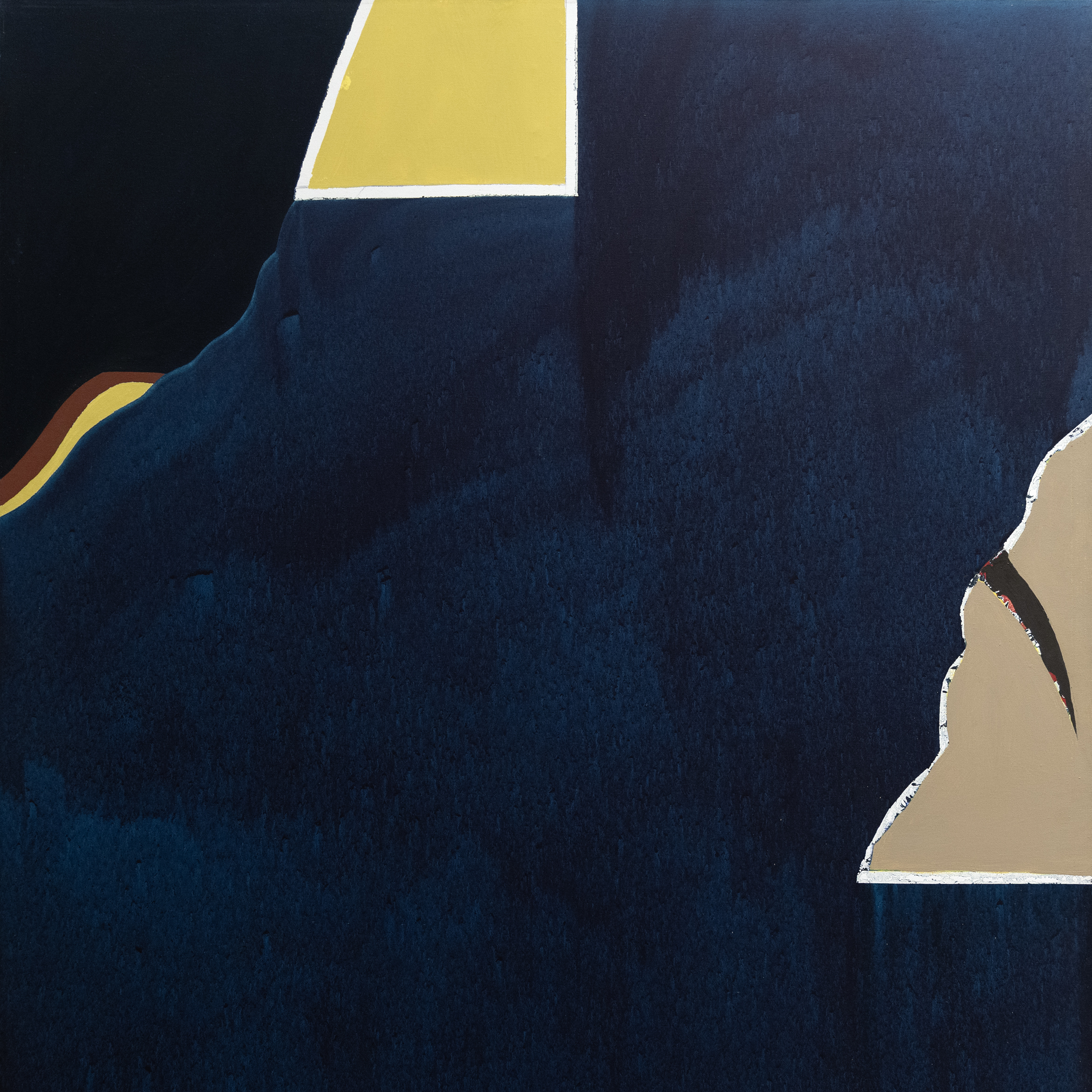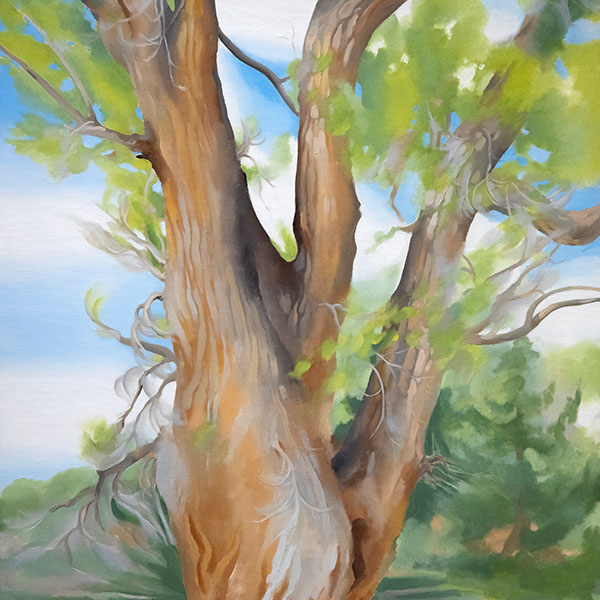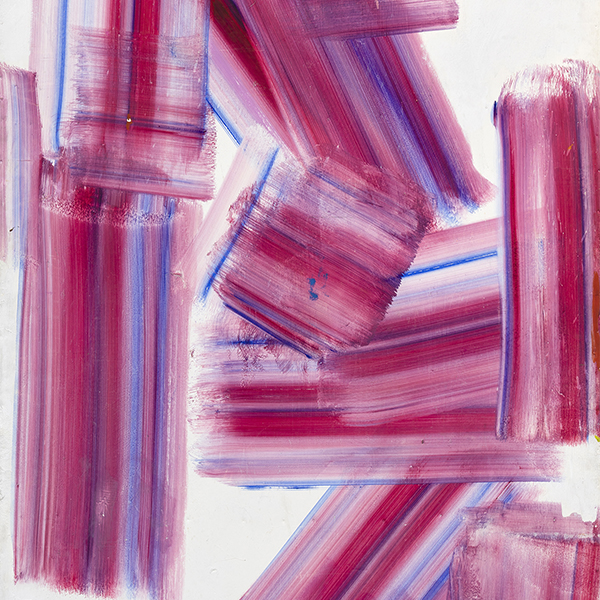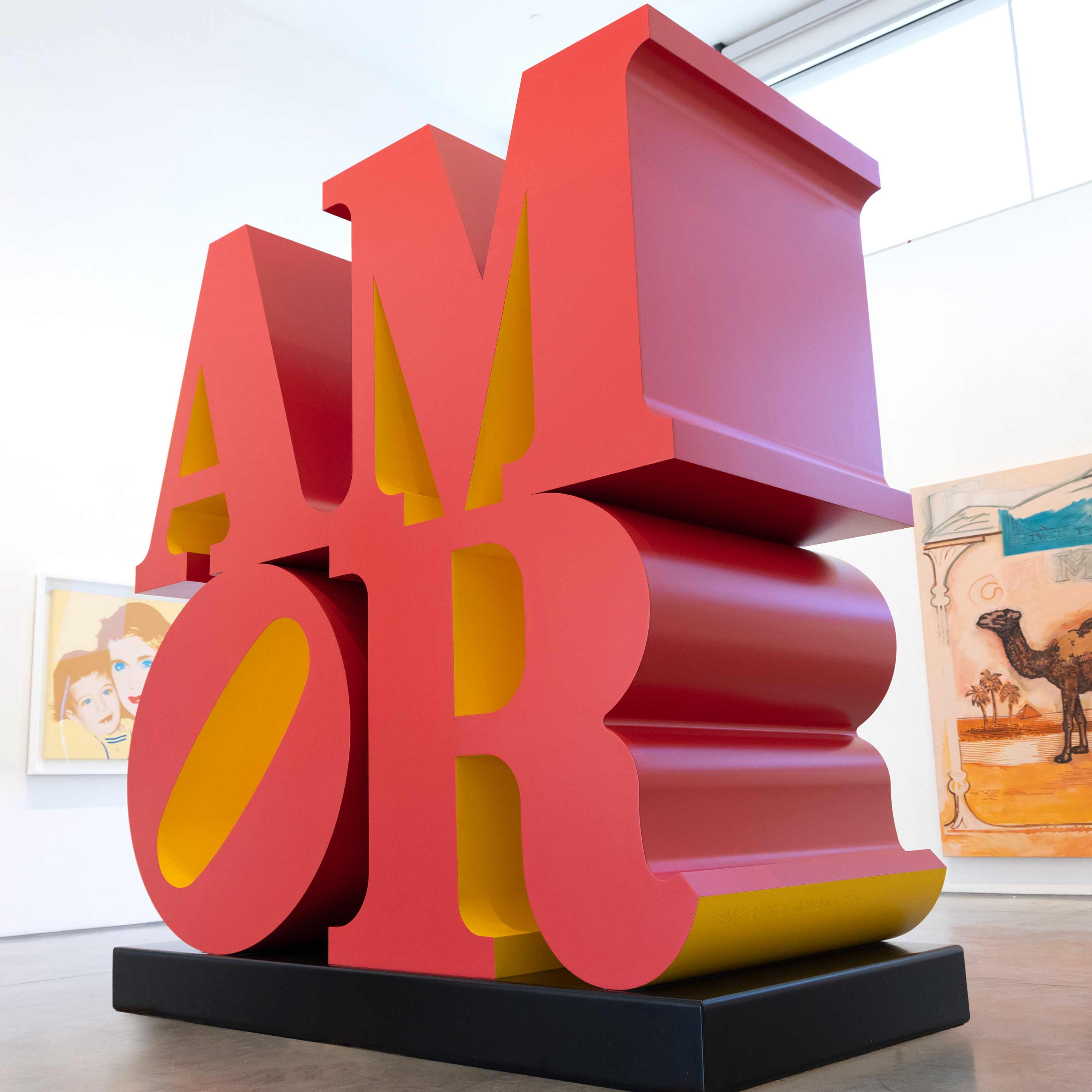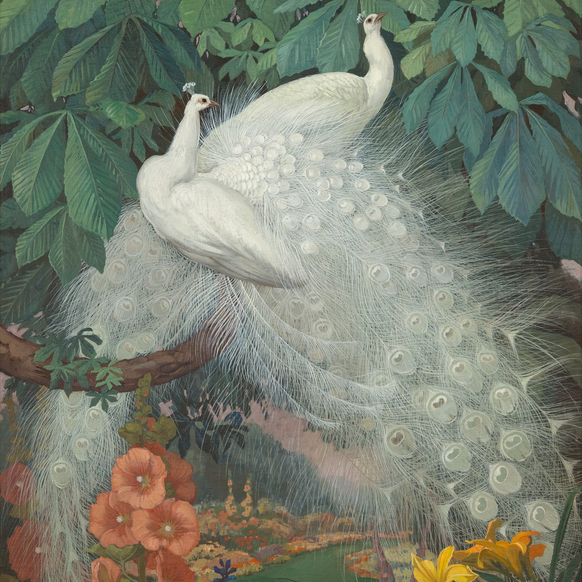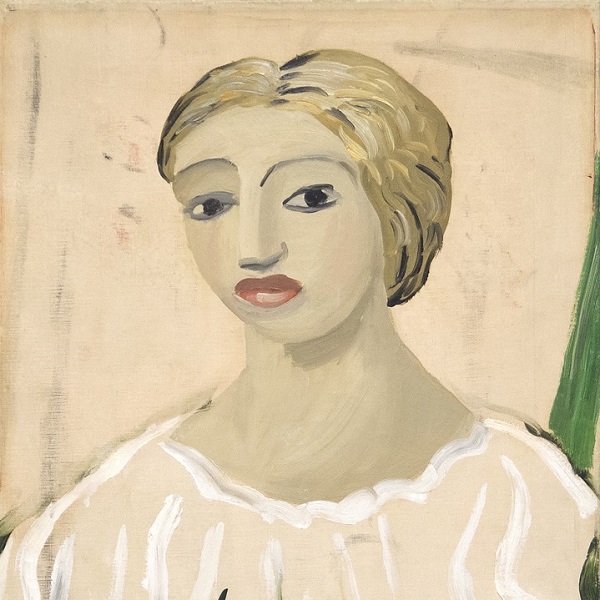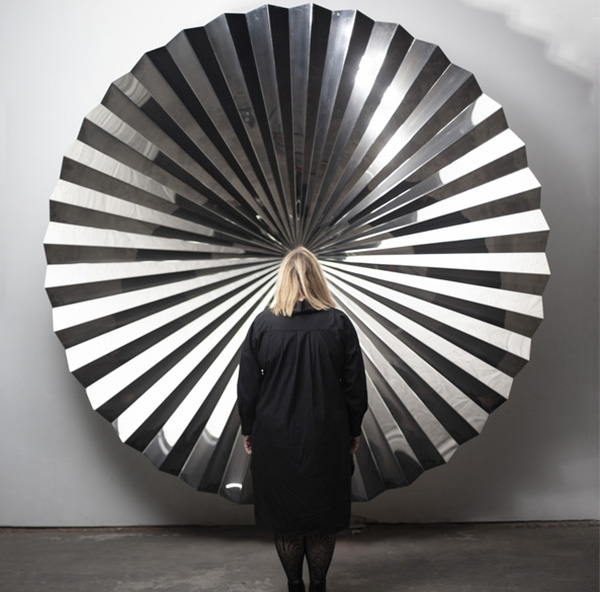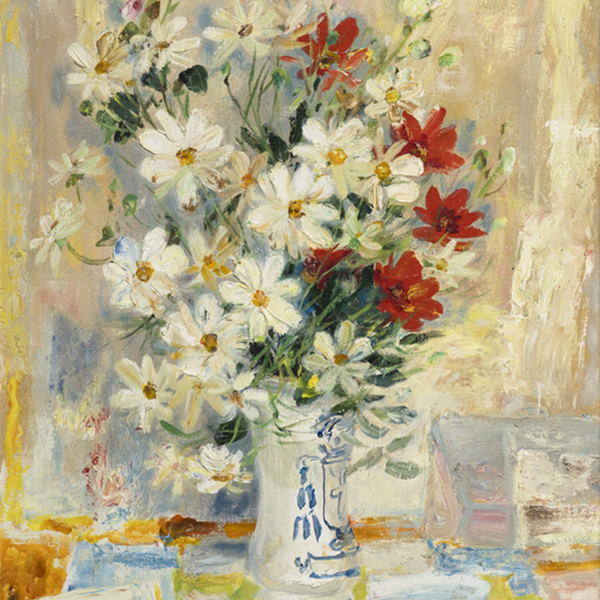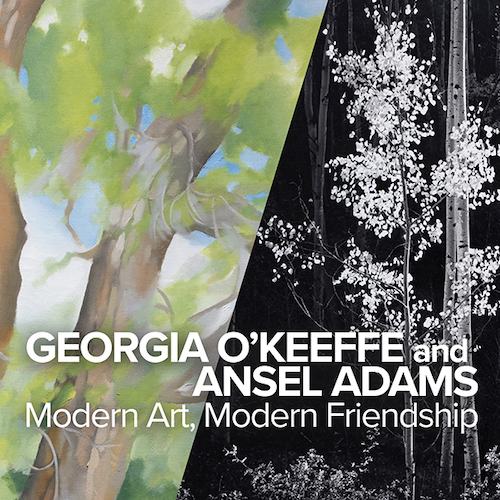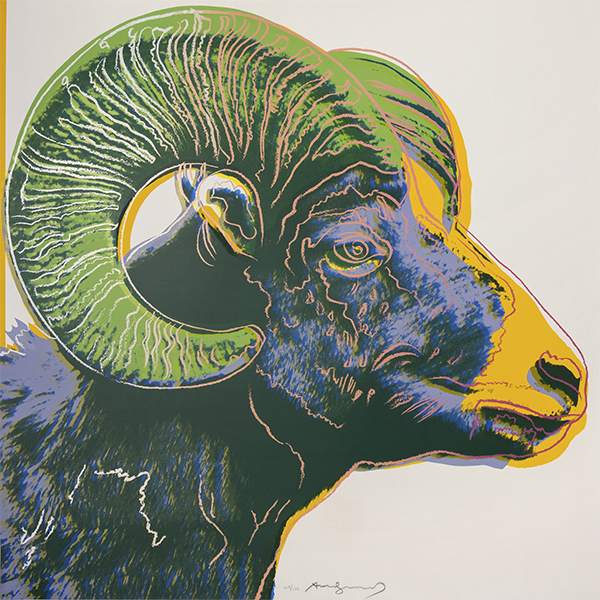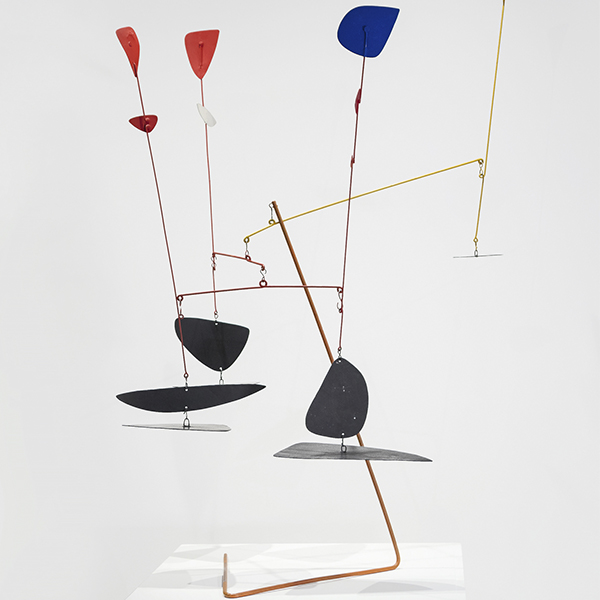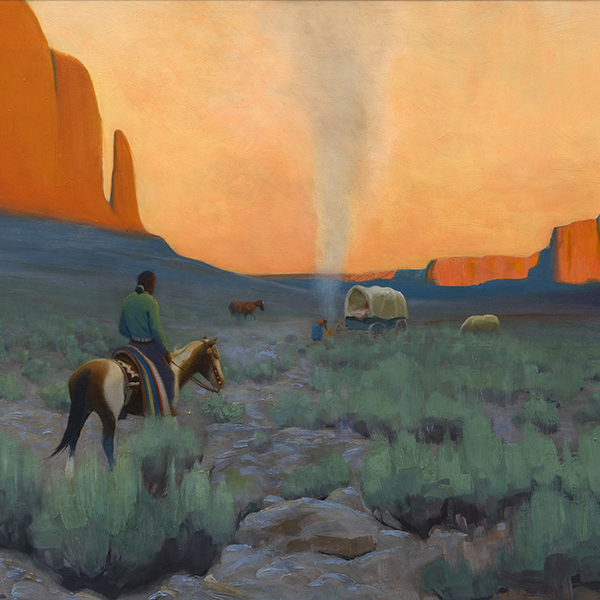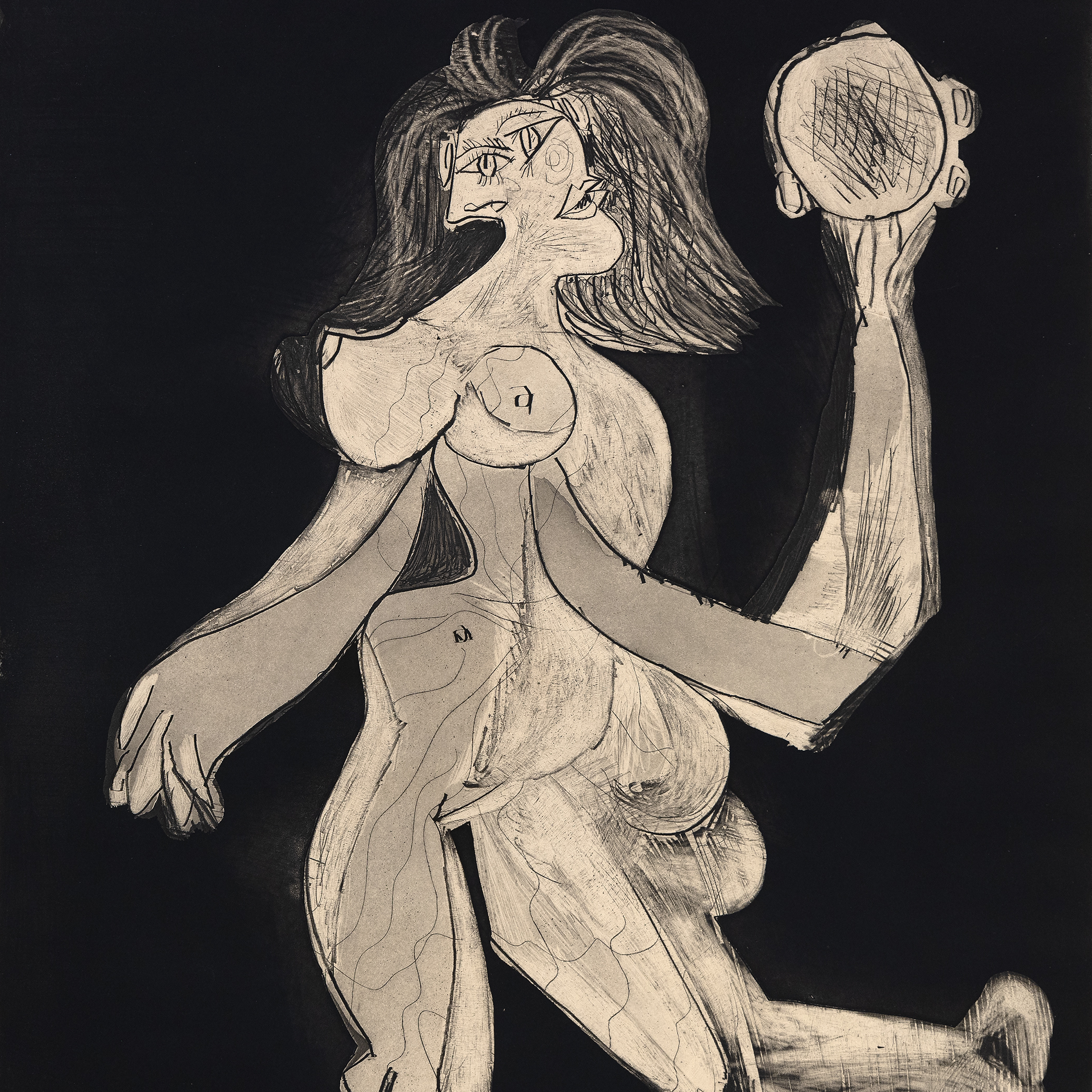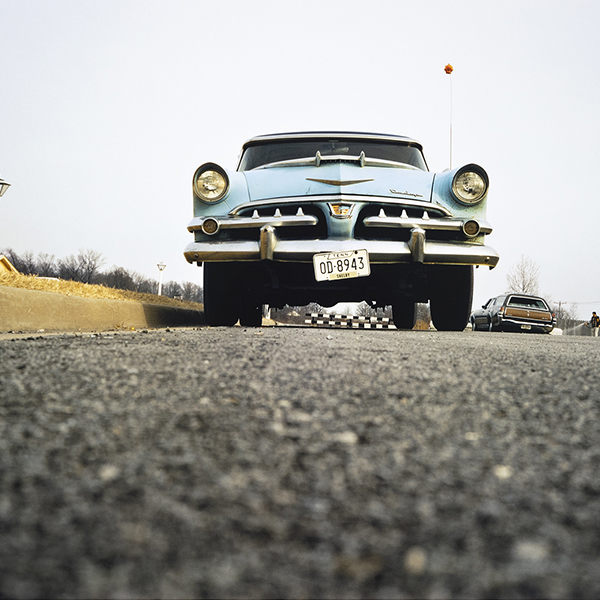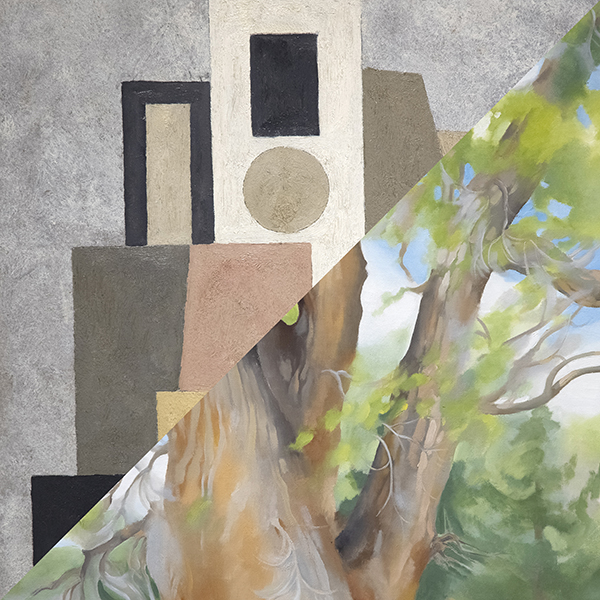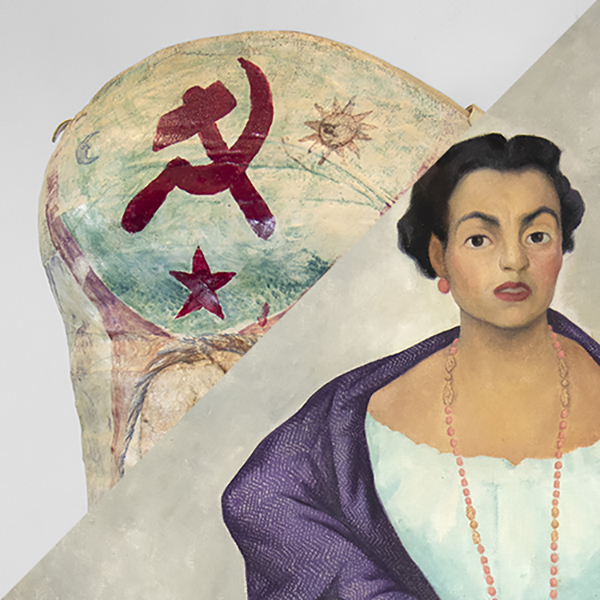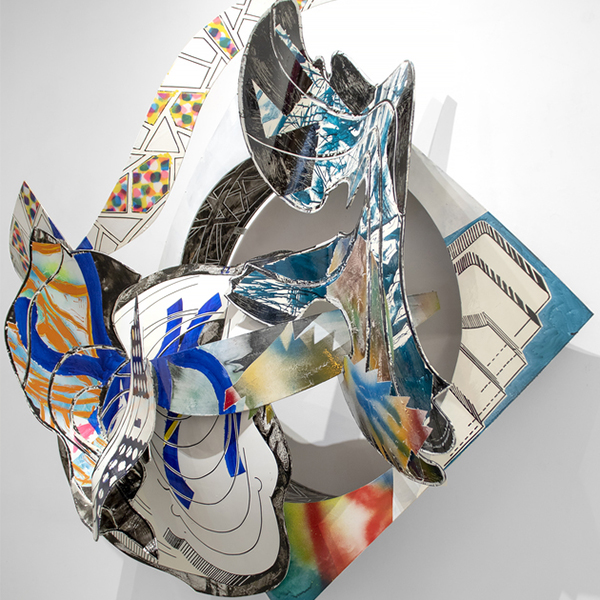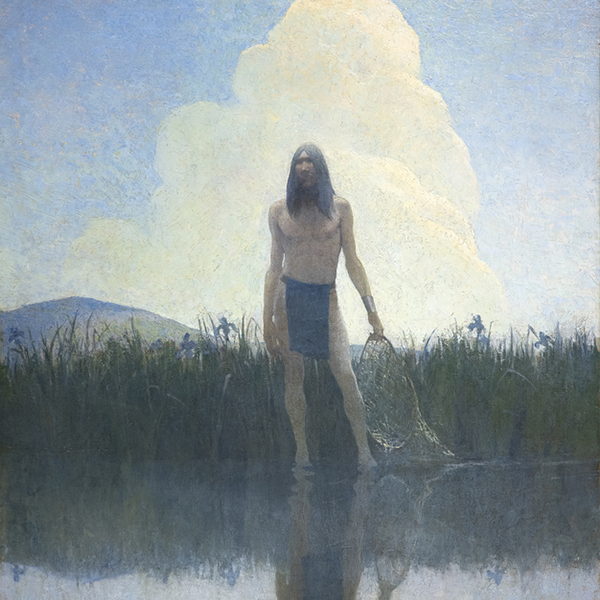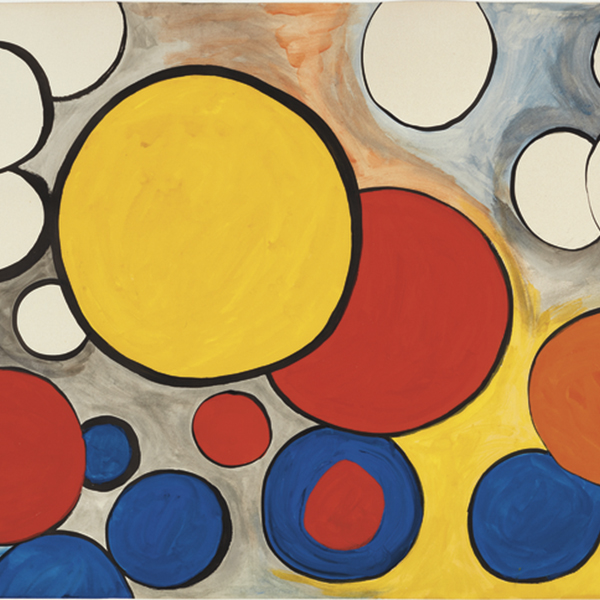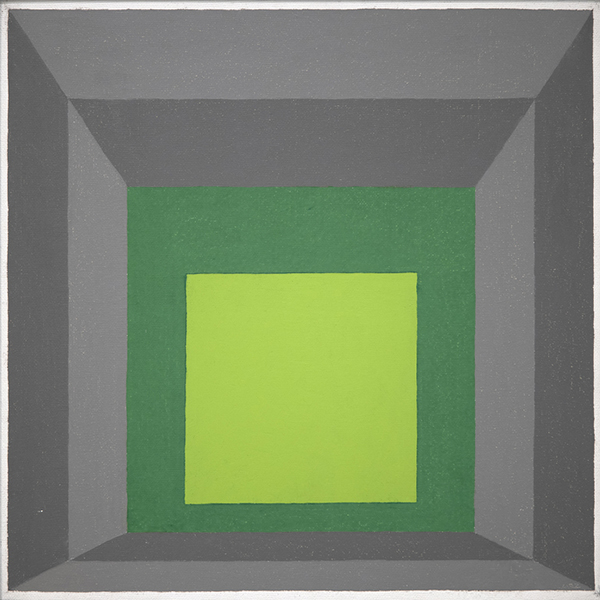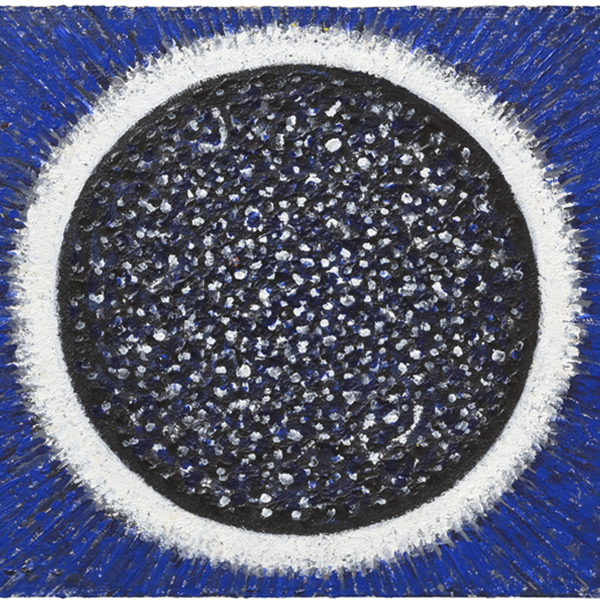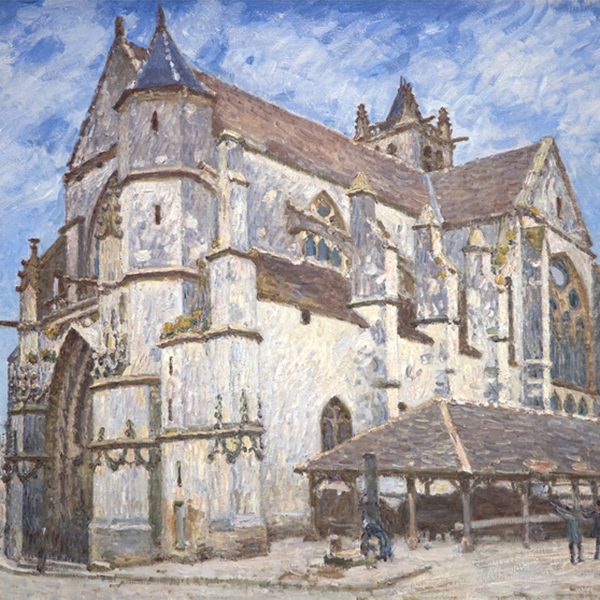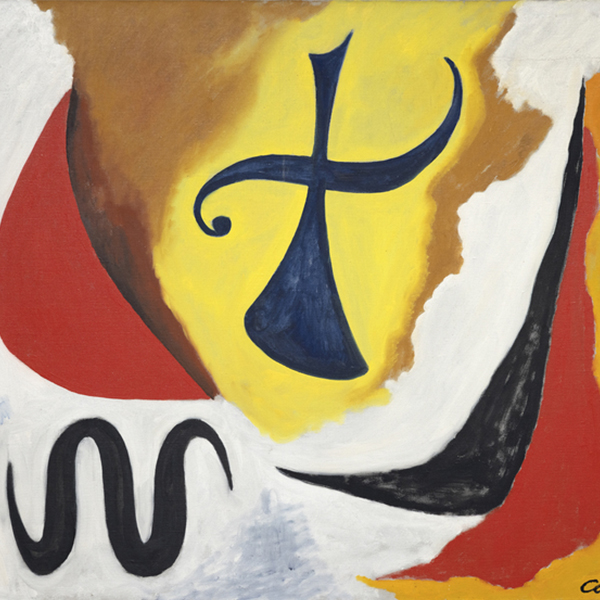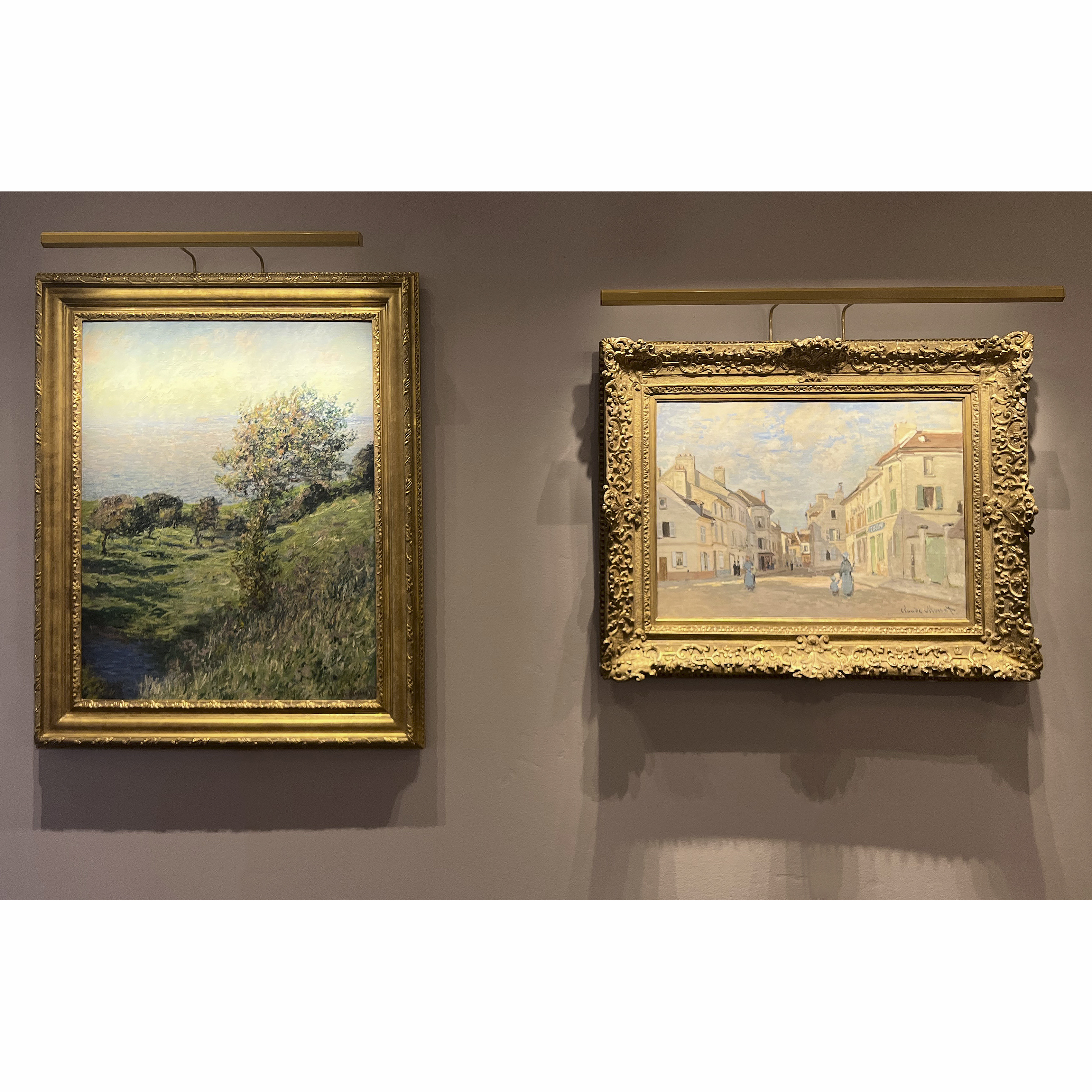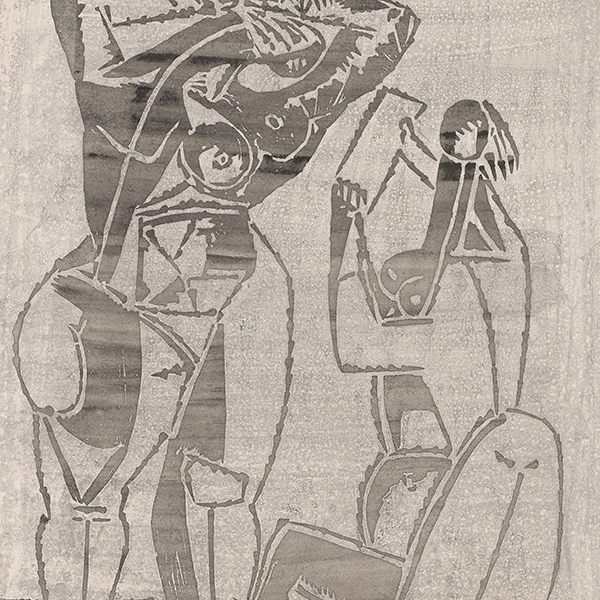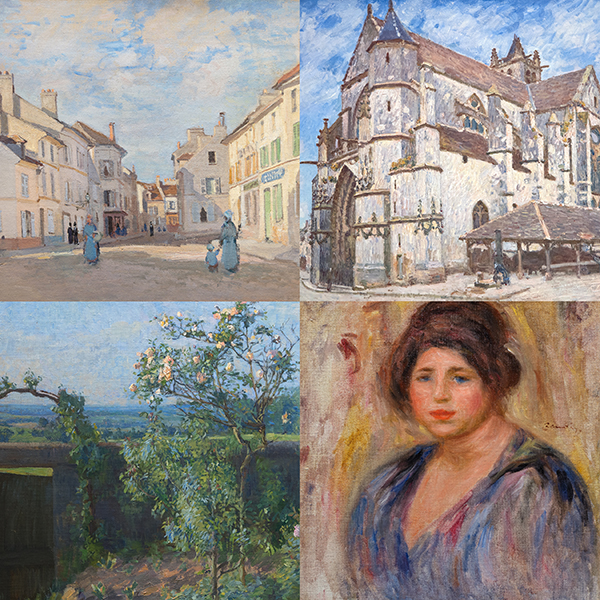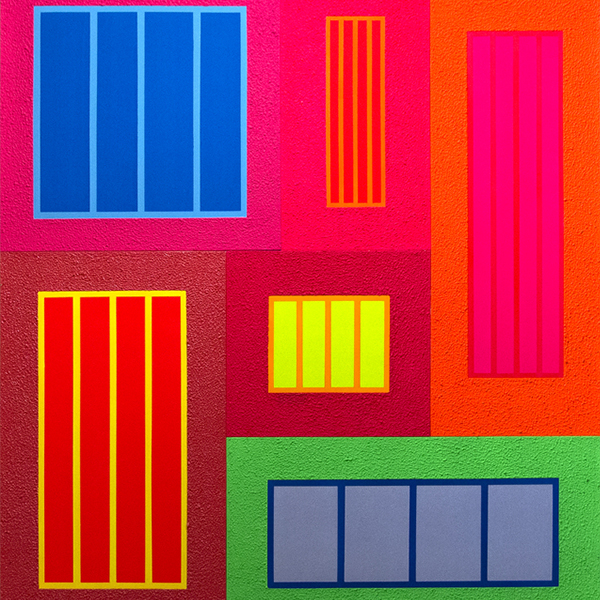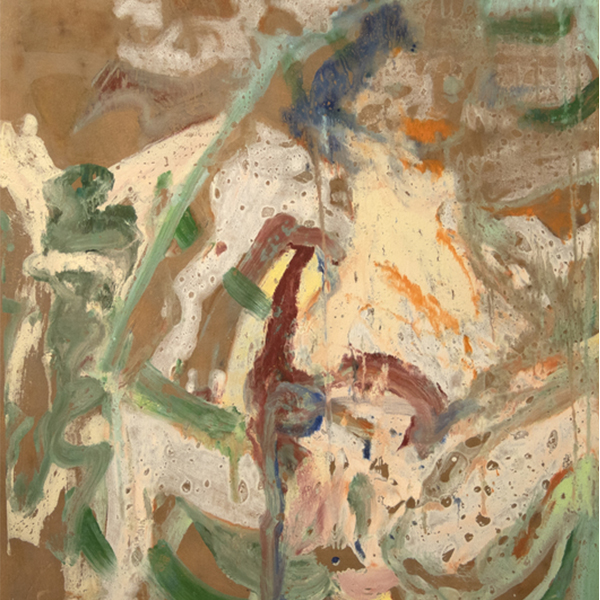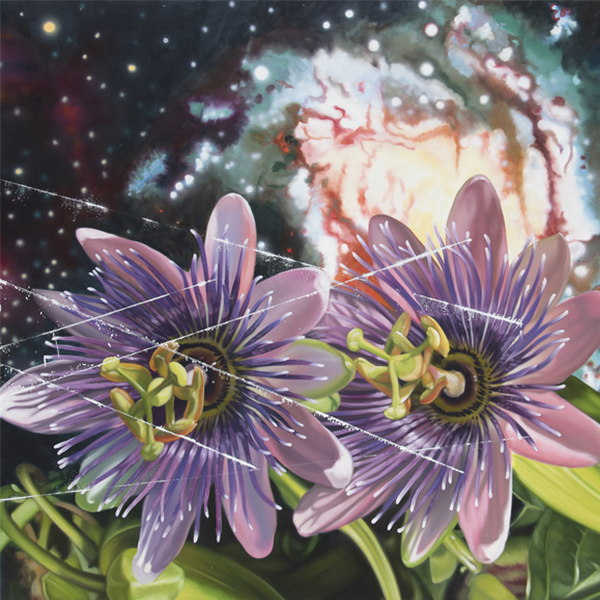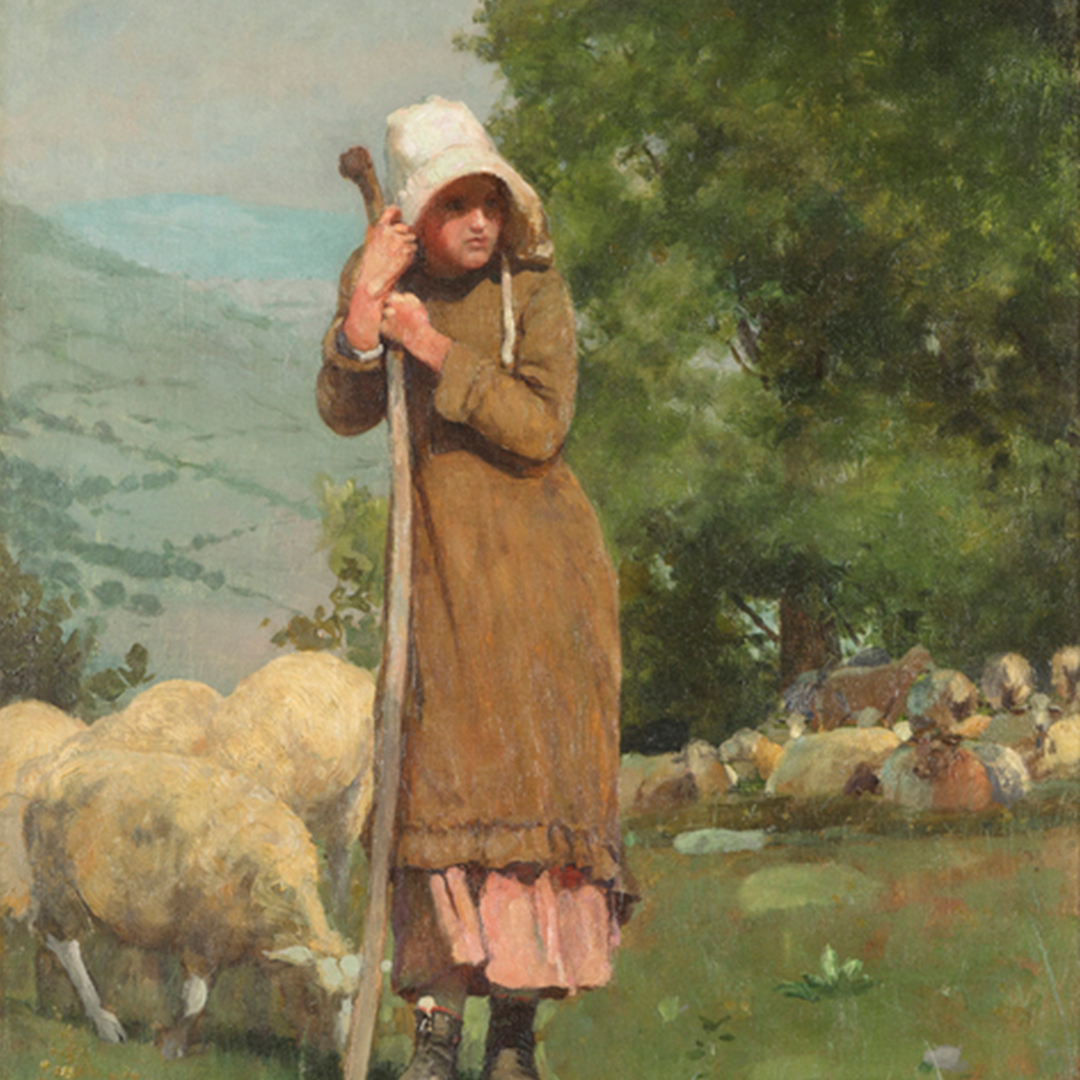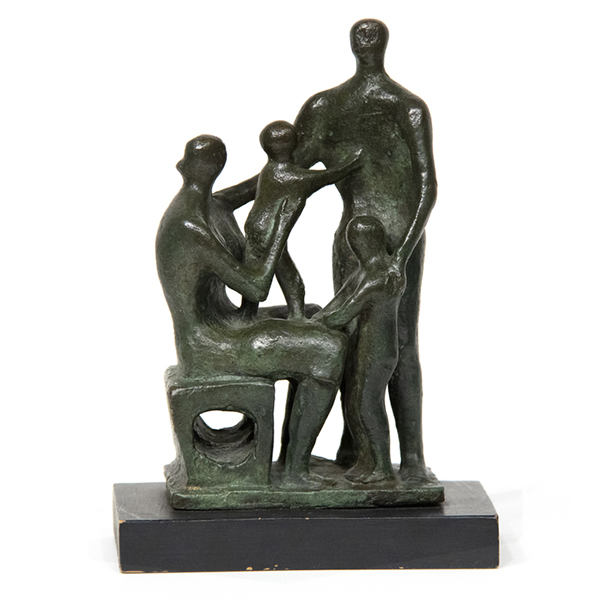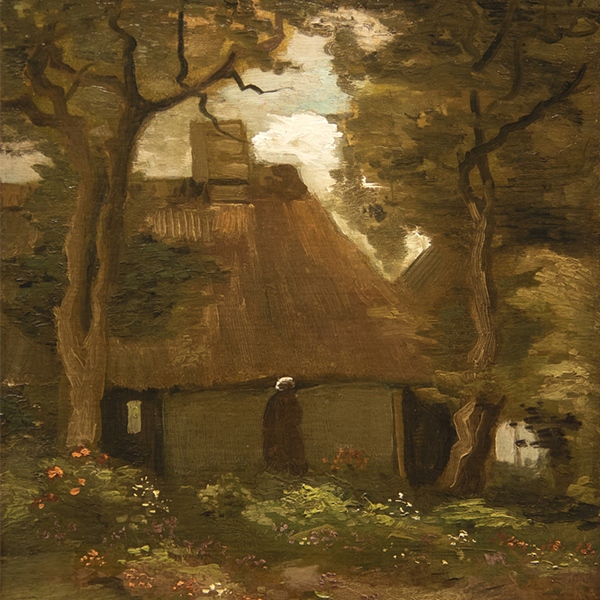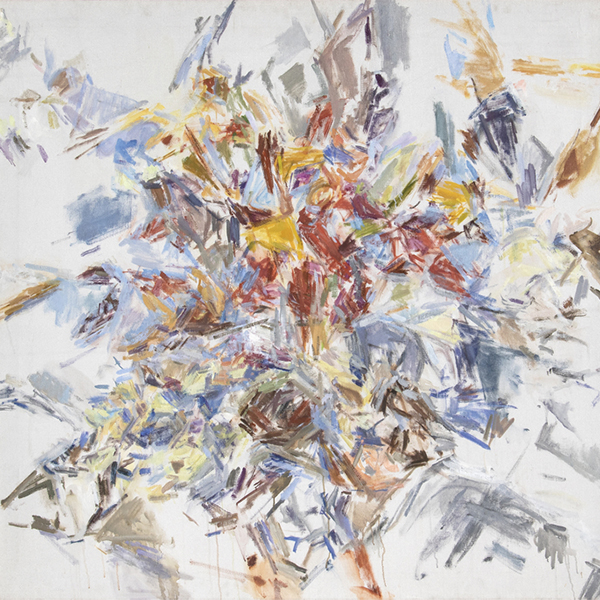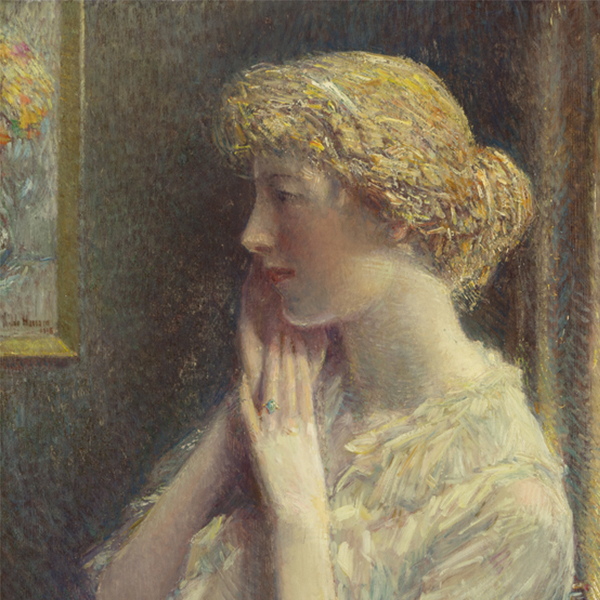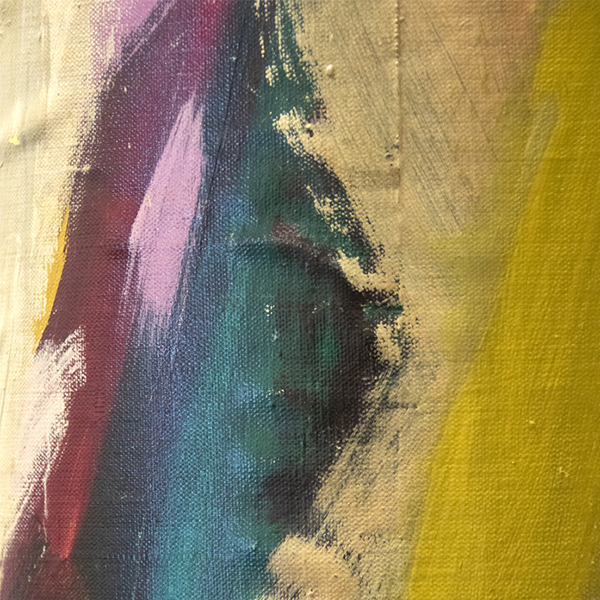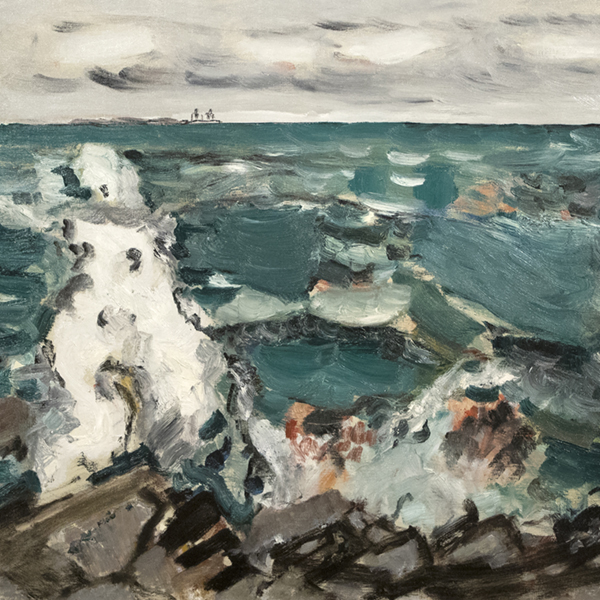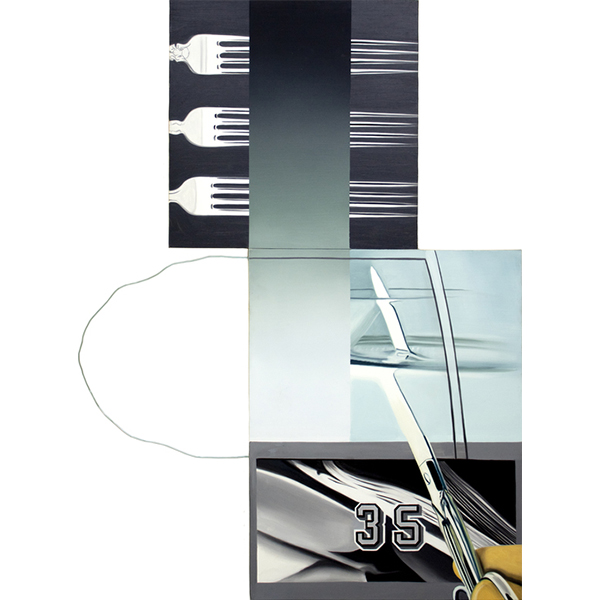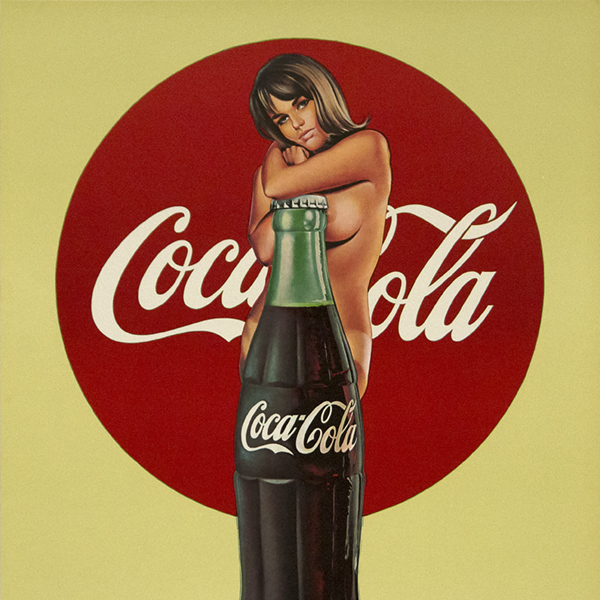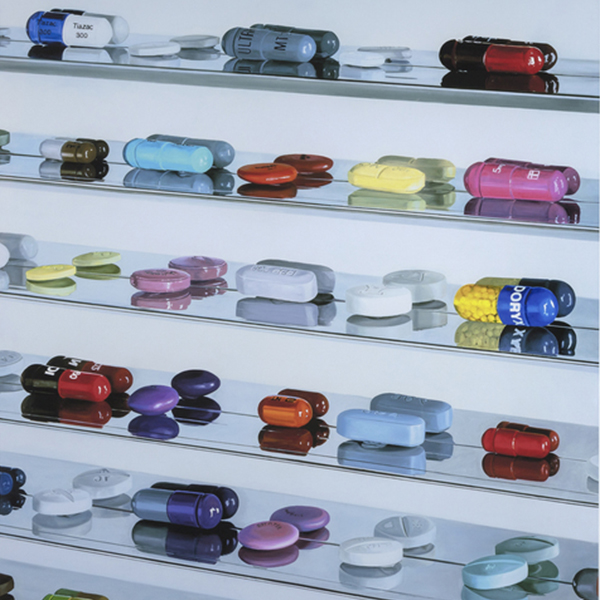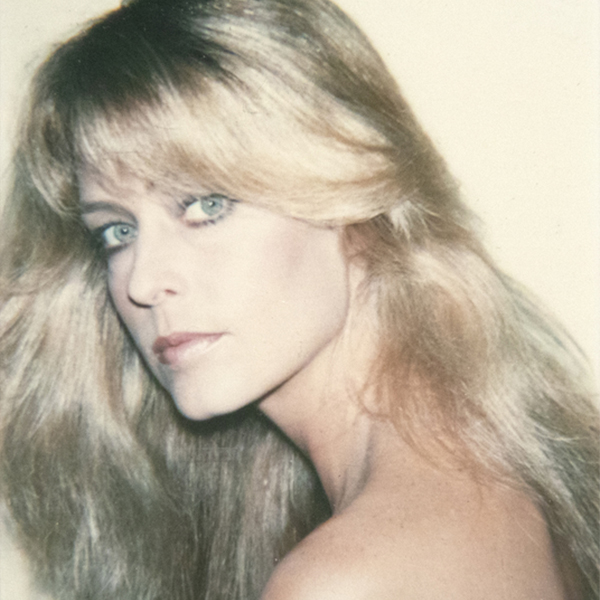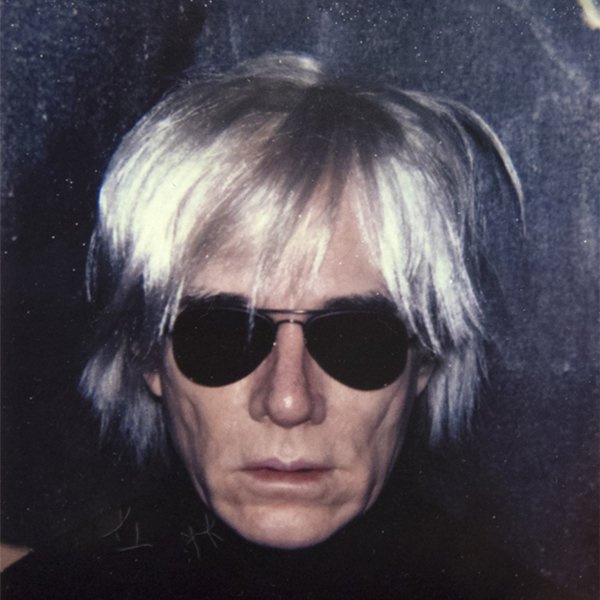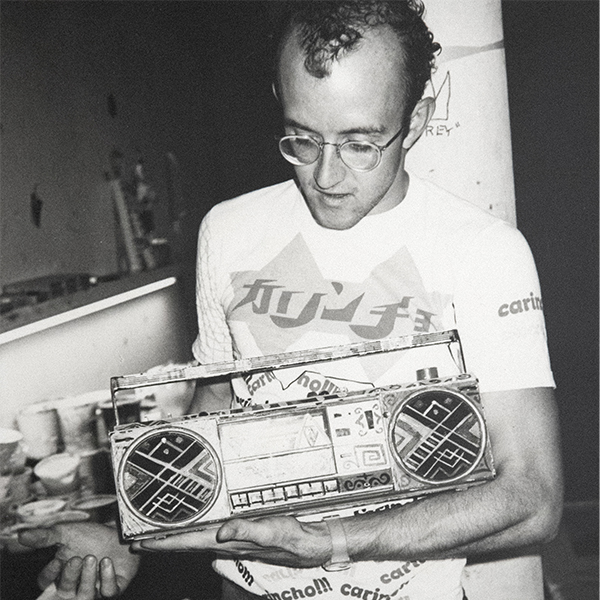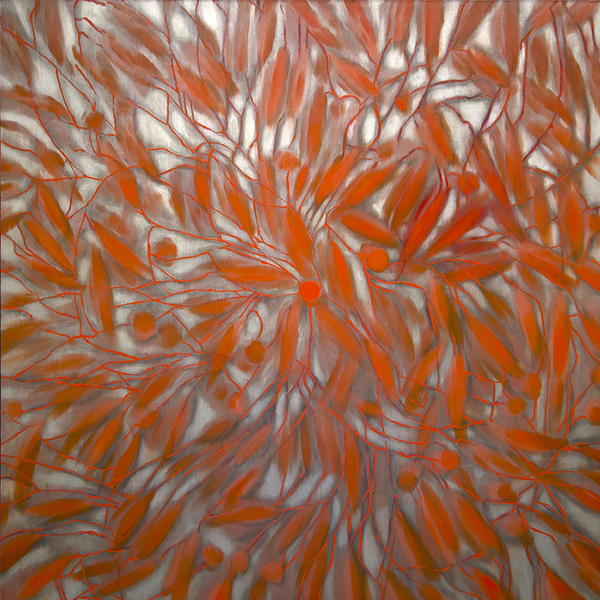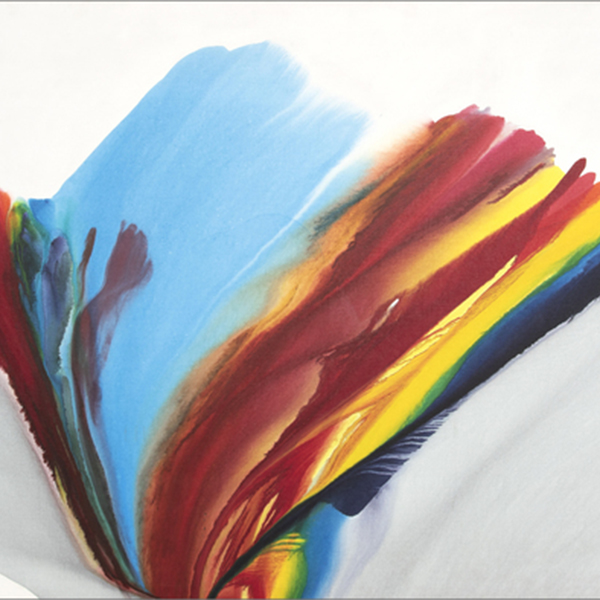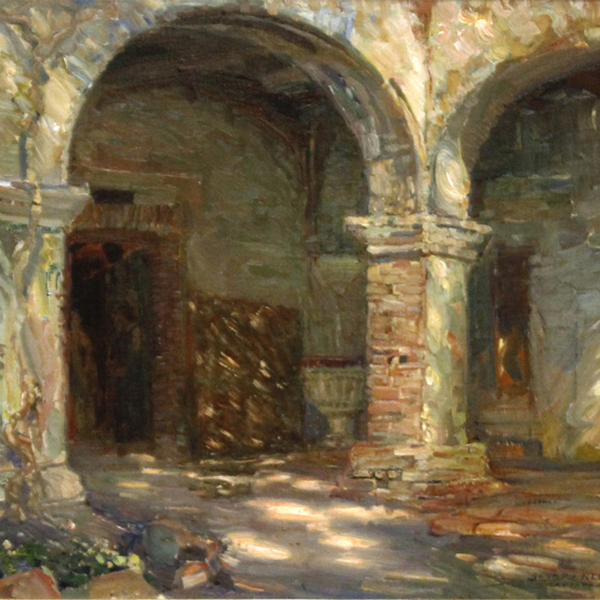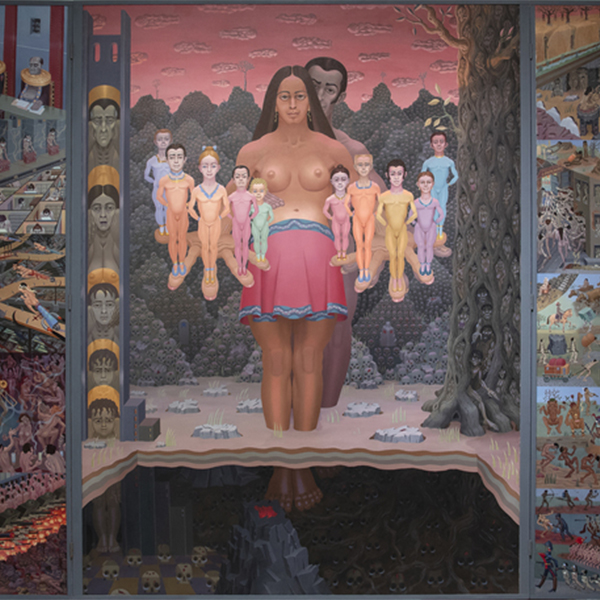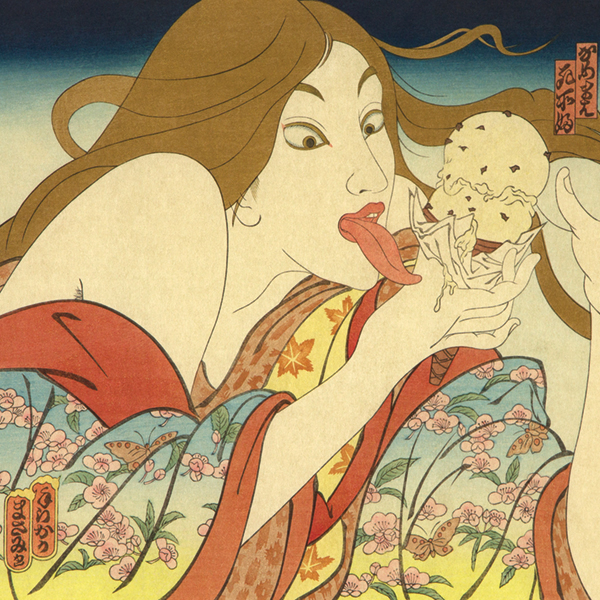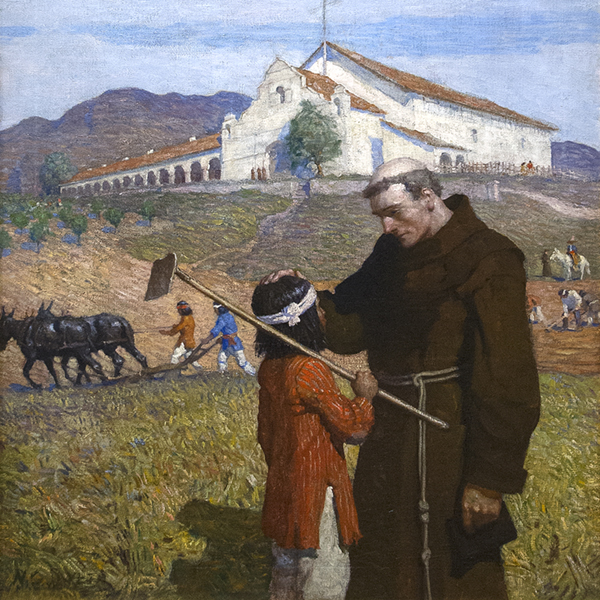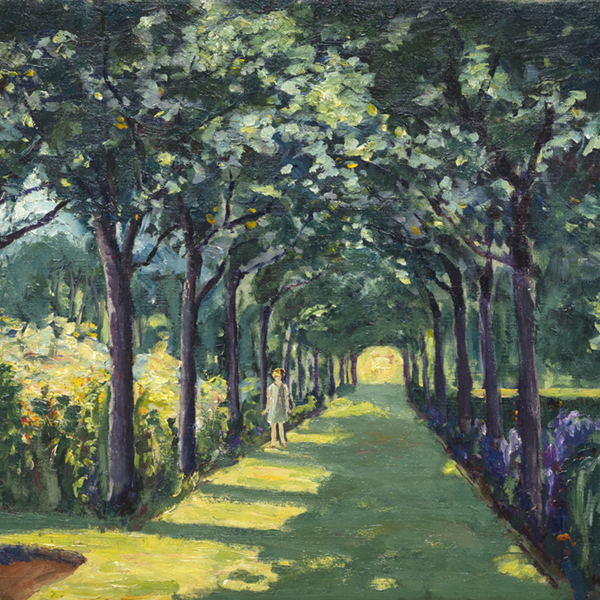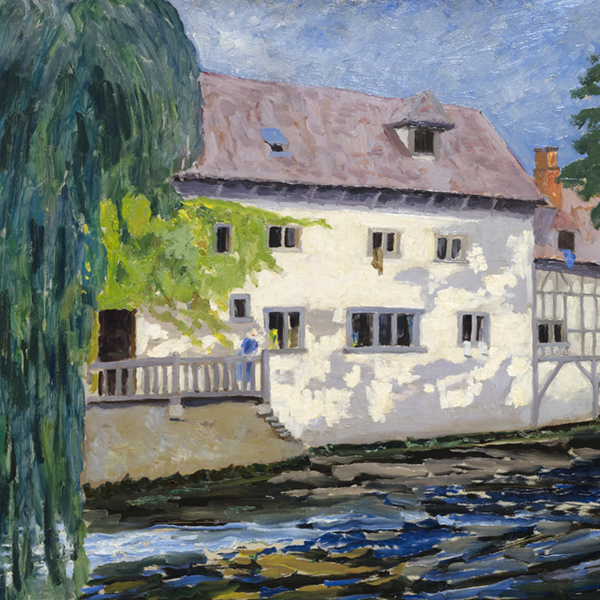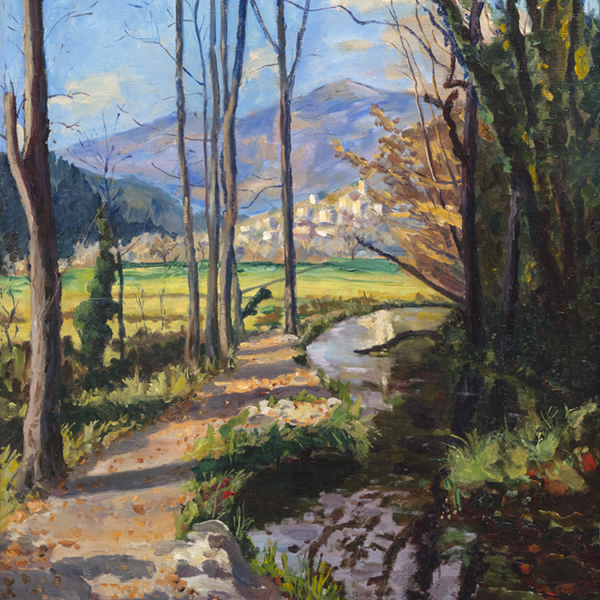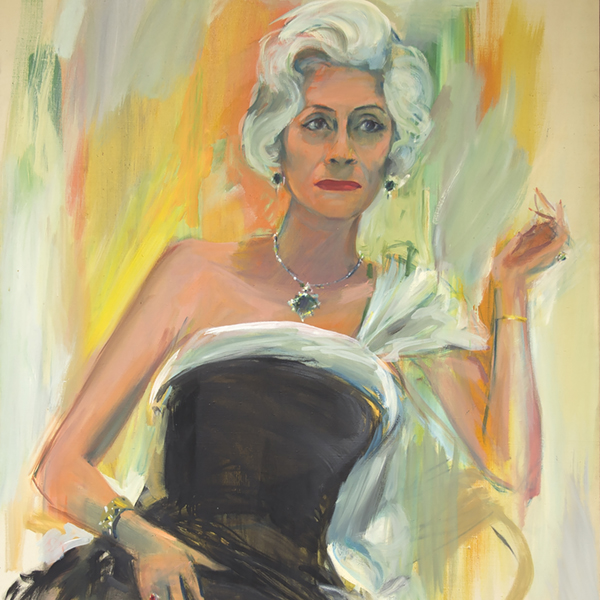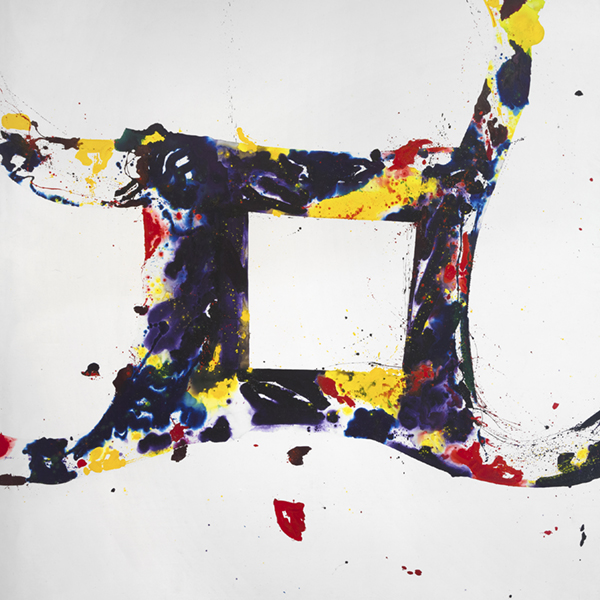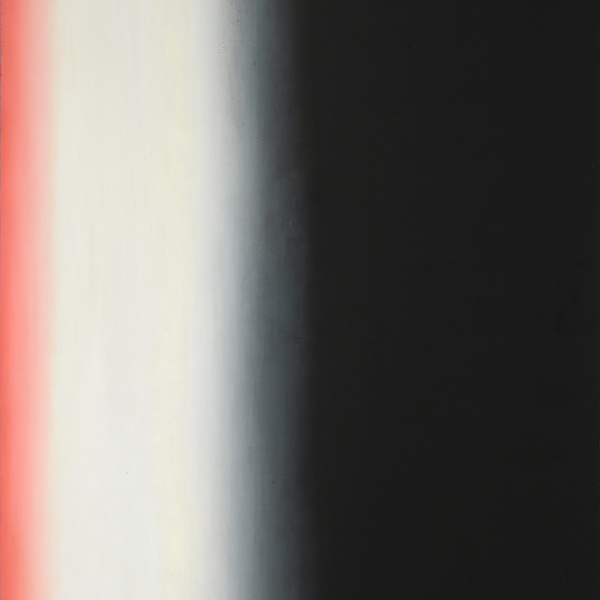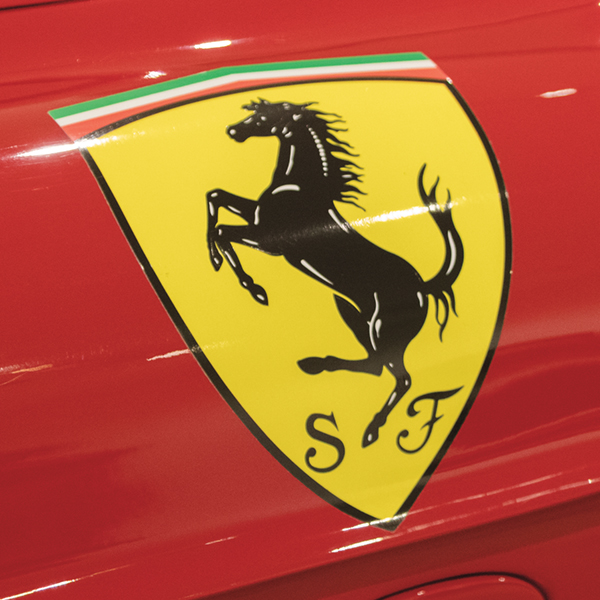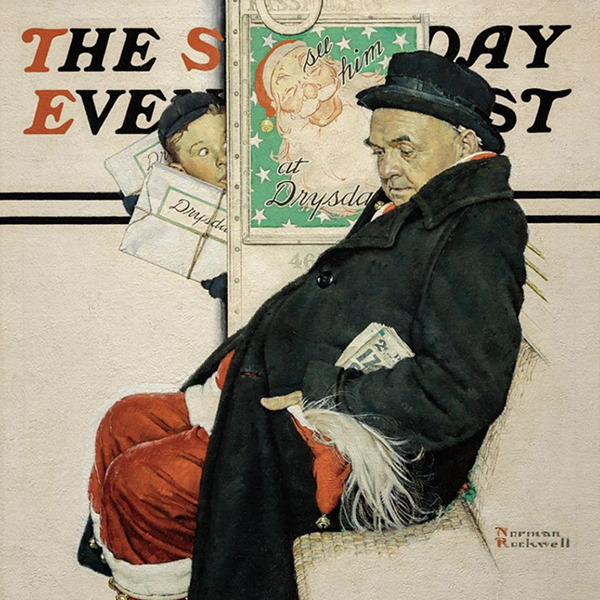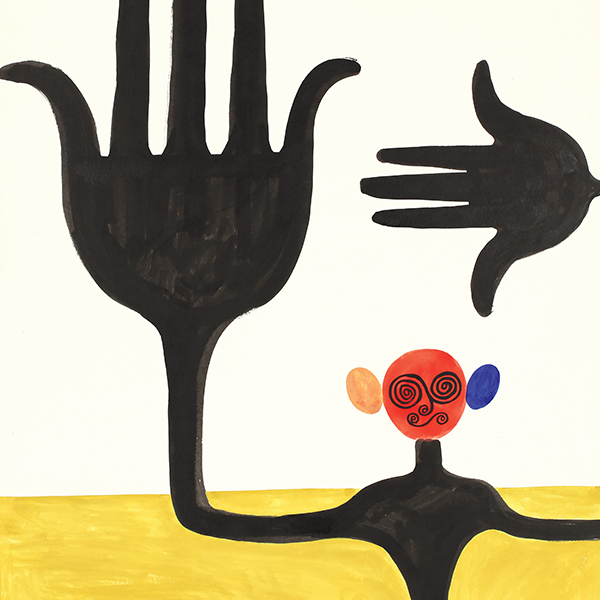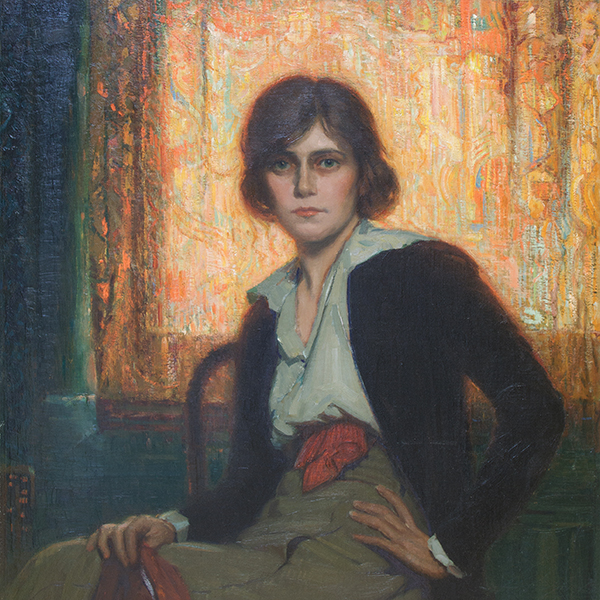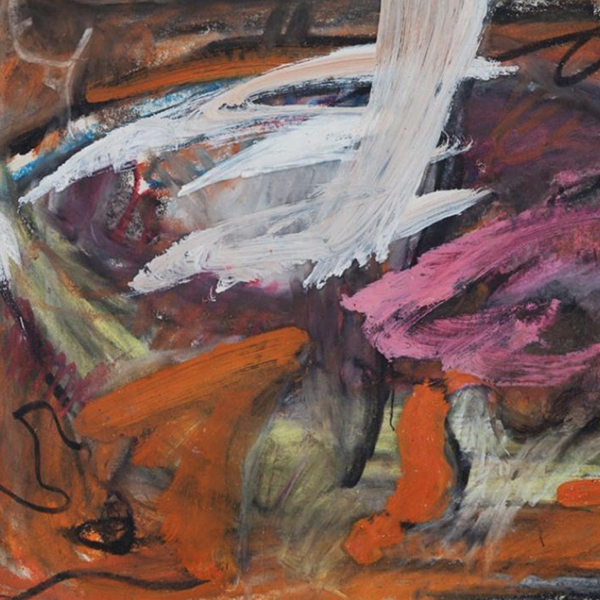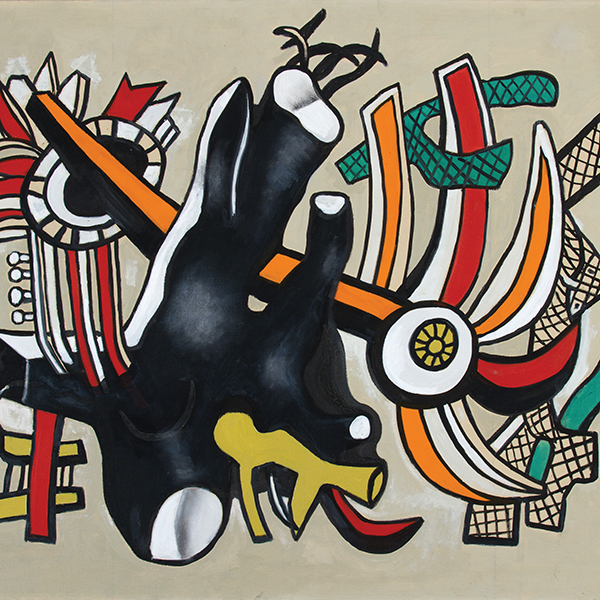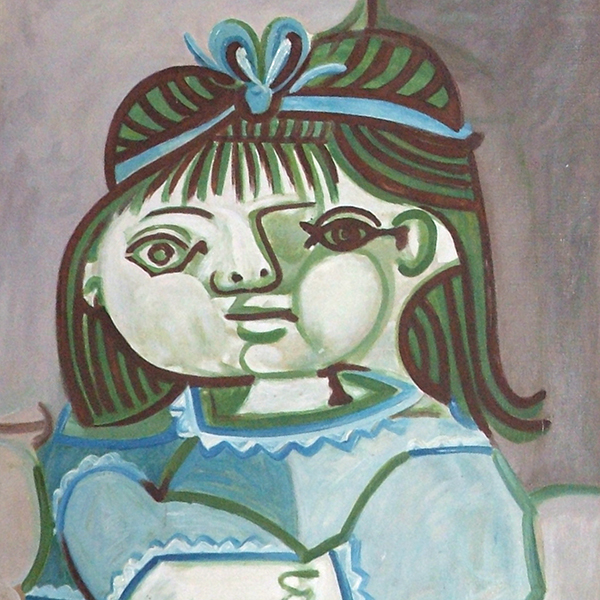Please contact the gallery for more information.
2024
2023
2022
2021
2020
2019
2018
2016
2015
2014
2011
2010
2009
History
Gustave Caillebotte was integral to the development of Impressionism, but is perhaps its least well-known celebrity. Caillebotte was largely responsible for the success of Renoir, Pissarro, Sisley, and especially Claude Monet. He was able to champion the Impressionists due to a sizeable family inheritance which allowed him to pursue his passions. This luxury was a detriment to commercial success during his lifetime, as his endeavors in painting were often gifted and not sold out of financial need. He died at the age of 45, leaving many art historians to wonder what may have come from another few decades of his development.
Painted in 1877, Vue du Jardin de l’Artiste et de la Vallée de Yerres gives us valuable insight into Caillebotte’s impressionistic development and the genesis of his intimate friendship with Monet. Created one year after Caillebotte’s debut at the Salon in Paris, the scene is the artist’s garden at the family estate at Yerres, a river village south of the city. It was here Caillebotte would experiment with a more impressionistic stroke than we see in many of his more precise figural or city scenes, perhaps meant to convey bucolic serenity. This painting was originally gifted to Mary Cassatt by the artist and remained in her family for almost 70 years.
We know Caillebotte was acquainted with Monet at this time, having purchased three of his paintings in 1876. It is widely held that at Yerres the friendship between Monet and Caillebotte deepened meaningfully. Both avid gardeners and painters of flowers, their influence on one another is clear in this scene. After this point in 1877, Caillebotte would become a fundamental advocate for Monet’s success, and his sponsorship would even go as far as to pay for Monet’s studio rent at one time. Caillebotte’s paintings are being re-discovered and celebrated in exhibitions such as the 2016 show “Caillebotte: Painter & Gardener” at Thyssen-Bornesmisza Museo Nacional in Madrid, and “Gustave Caillebotte: The Painter’s Eye” at the National Gallery of Art in DC in 2015. His work is held in permanent museum collections worldwide including The Met; MFA Boston; The Louvre and the Museé d’Orsay in Paris.
MARKET INSIGHTS
- The graph prepared by Art Market Research shows that the annual rate of return for works by Caillebotte has increased by 16.5% since 1976.
- The annual rate of return for Caillebotte works has gone up by 43.1% in the last 10 years.
- Authenticity: This painting is accompanied by a certificate of authenticity from the Comité Caillebotte, the definitive authority on the artist’s paintings.
- Date: Painted in 1877, the same year as one of Caillebotte’s best-known paintings, Paris Street; Rainy Day, at the Art Institute of Chicago.
- Provenance: This painting belonged to the personal collection of fellow artist Mary Cassatt until her death in 1926.
- Context: This subject matter is of importance in Caillebotte’s personal history as it depicts the garden at his family’s home in the Yerres valley, where they lived from 1860 to 1879. Caillebotte created around 80 paintings of these grounds.
- Finite supply: Caillebotte created 565 paintings and pastels in his lifetime.
Top Results at Auction

"Young Man at His Window" (1876) sold for $53,030,000.

"Chemin montant" (1881) sold for $22,191,704.

"Richard Gallo et son chien dick, au petit-gennevilliers" (1884) sold for $19,686,000

"Le Pont d'Argenteuil et la Seine" (c.1883) sold for $18,002,500
Comparable Paintings Sold at Auction

"La Rue Halévy, Vue du Sixième Étage" (1878) sold for $13,932,000.

"Bateaux au Mouillage sur la Siene à Argenteuil" (1892) sold for $6,746,000.

"La Seine à Argenteuil" (1882) sold for $5,122,500.

"Allée de la Villa des fleurs à Trouville" (1883) sold for $5,040,800.

"La Seine à Argenteuil, bateaux au mouillage" (1883) sold for $4,861,080.




